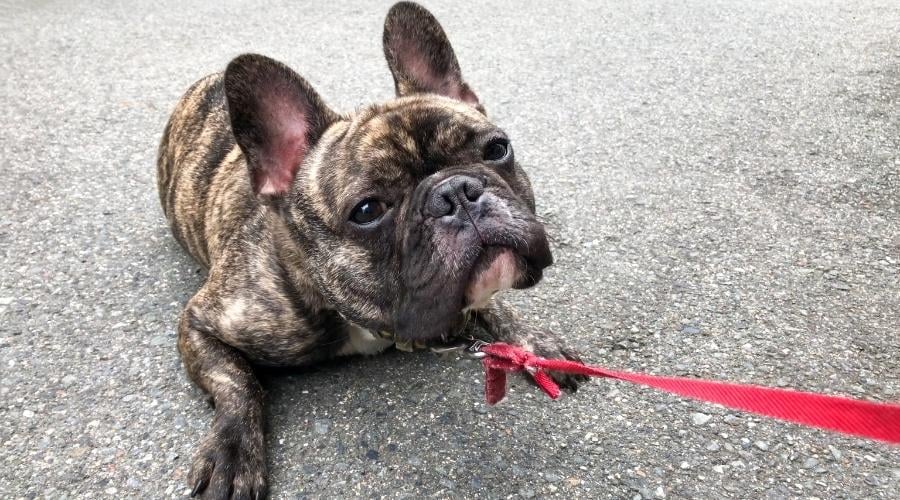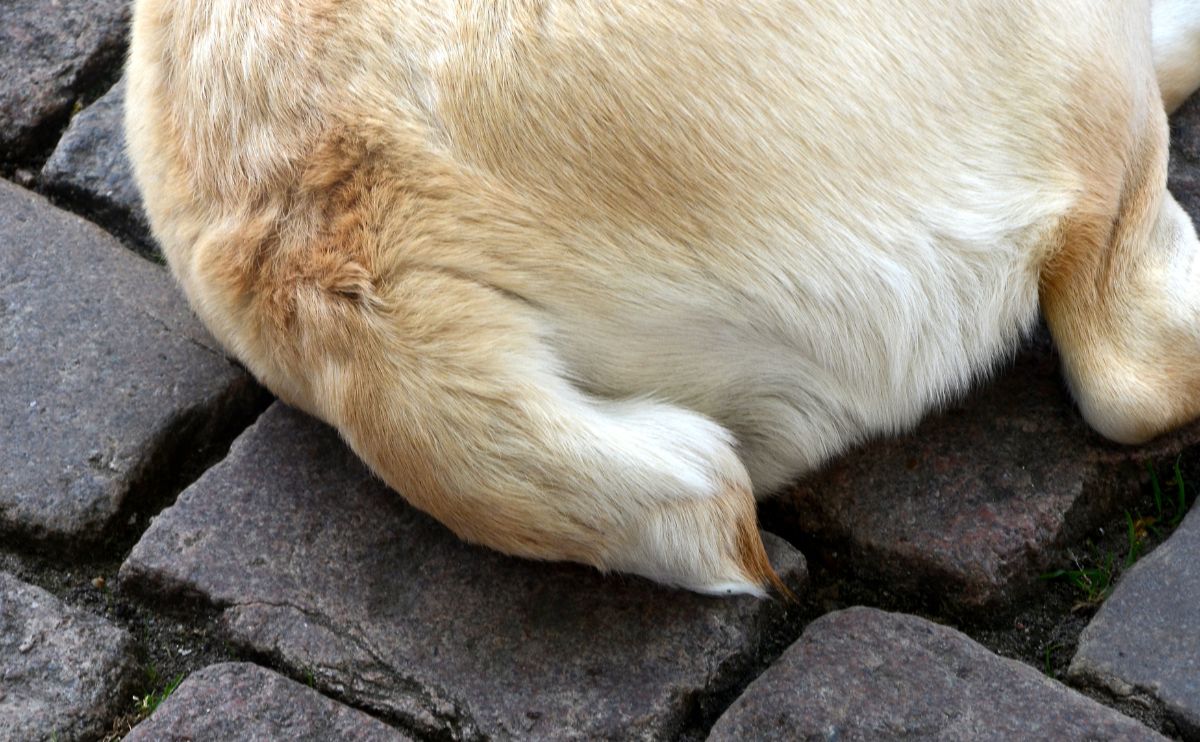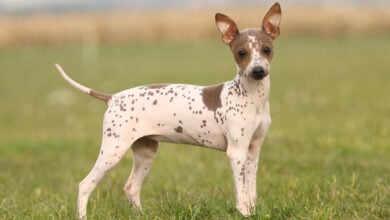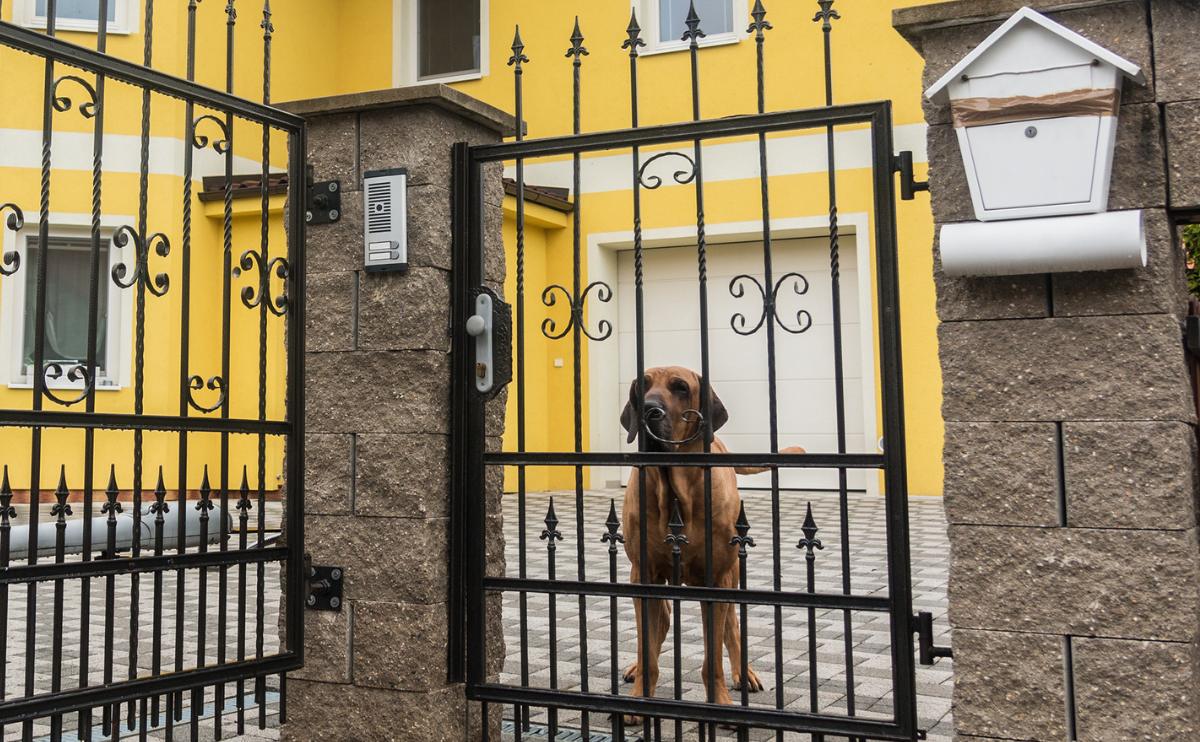How Much?! These Are the Most Expensive Dog Breeds on Earth
When you purchase through links on our site, we may earn a commission. Here’s how it works.
Owning a dog is a joy—but some breeds come with a price tag that can rival luxury cars. Whether you’re drawn to their exclusivity, majestic looks, or rich history, the most expensive dogs in the world are more than just pets—they’re investments. But is the cost worth it?
Table of Contents
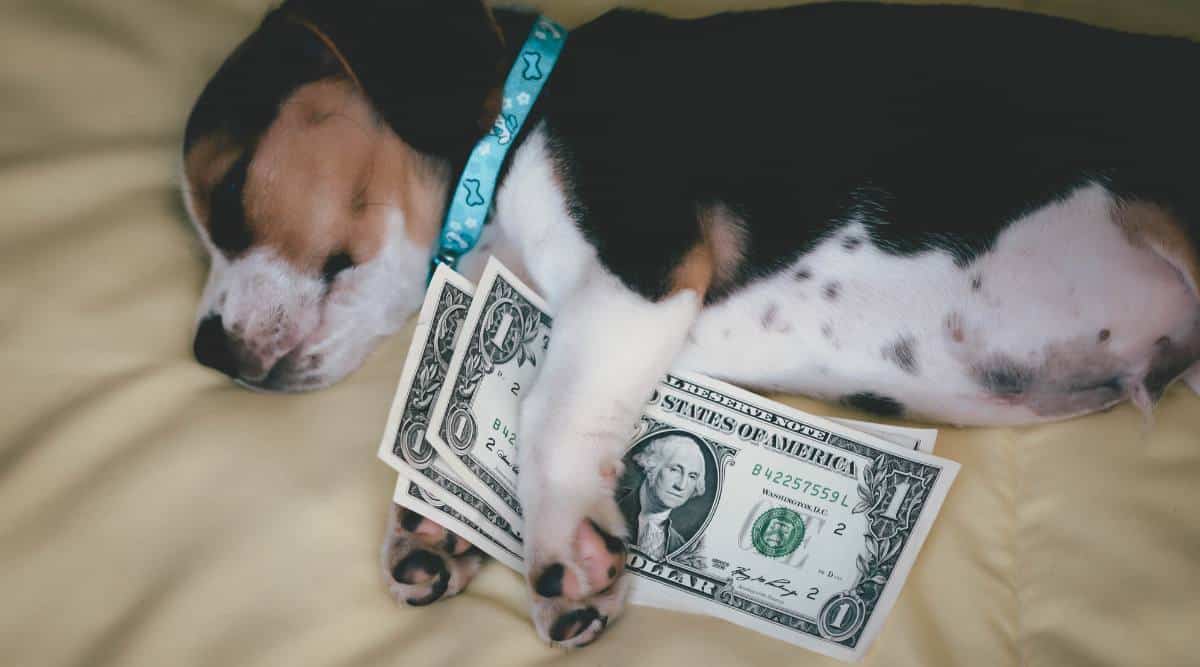
Beyond the upfront price, these dogs often require high maintenance, special diets, and extensive training. In this guide, we’ll explore not only the most expensive dog breeds but also the hidden costs and considerations of owning one.
Why Are Some Dogs More Expensive Than Others?
The price of a dog isn’t just about its appearance—factors like rarity, breeding complexity, and market demand drive it. Breeds with small gene pools, such as the Löwchen or Canadian Eskimo Dog, fetch higher prices due to their scarcity.
Similarly, dogs that require artificial insemination or C-sections to reproduce, like the French Bulldog, cost more because of the labor-intensive breeding process. Additionally, show-quality bloodlines and champion ancestry significantly boost a puppy’s price.
Another key factor? Popularity. When a breed gains notoriety, prices skyrocket due to demand. Ultimately, the combination of rarity, breeding difficulty, and exclusivity makes these dogs some of the most expensive in the world.
What Is The Most Expensive Dog Breed?
The Tibetan Mastiff holds the title of the most expensive dog breed in the world. While the average price for a Tibetan Mastiff puppy ranges between $2,500 and $6,000, champion bloodlines can cost as much as $12,000.
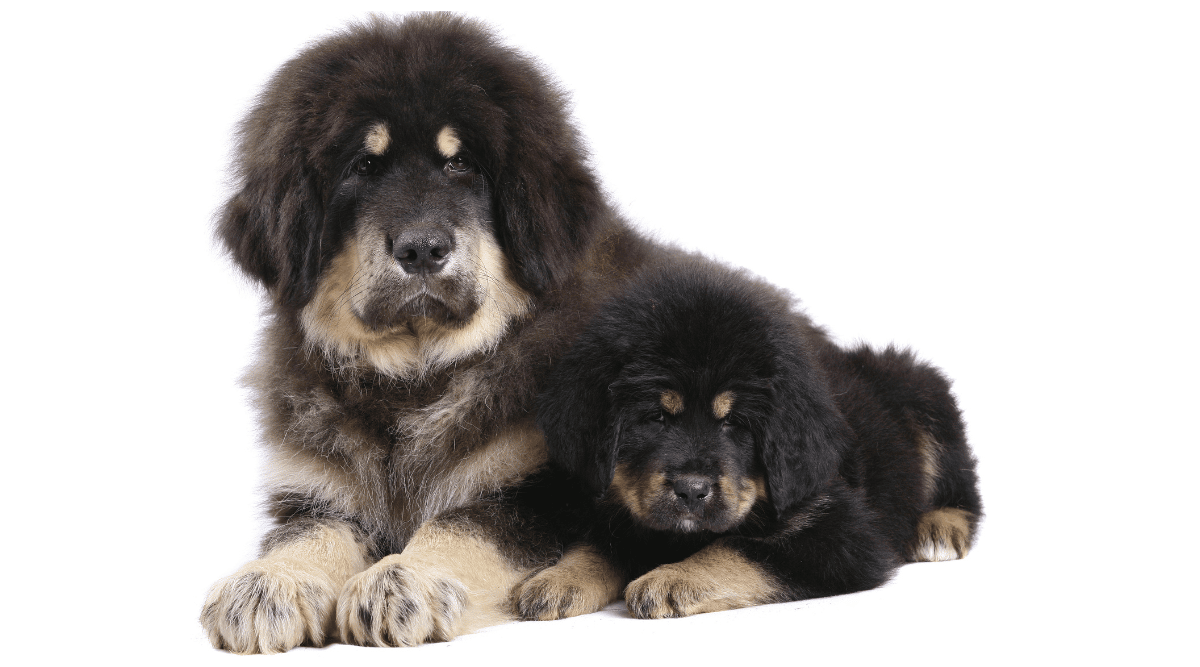
This massive, lion-like breed has become a status symbol among Chinese elites, leading to record-breaking sales. The most expensive Tibetan Mastiff ever sold fetched a staggering $1.95 million, setting the world record for the priciest puppy sale. The second-highest sale was also a Tibetan Mastiff, purchased for $1.5 million.
Beyond the Purchase Price: Additional Costs Of Owning A Tibetan Mastiff
Owning a Tibetan Mastiff goes far beyond the initial investment. Due to their enormous size and thick coat, these dogs come with high ongoing costs:
- Food costs: A Tibetan Mastiff requires a high-protein diet, consuming $100–$200 monthly in premium dog food.
- Grooming costs: Their thick, double coat demands regular grooming, with professional sessions costing $80–$150 every 4–6 weeks.
- Space & equipment: Due to their large size, Tibetan Mastiffs require oversized beds, crates, and strong fencing, adding hundreds of dollars in additional costs.
- Veterinary care: Like many large breeds, they are prone to hip dysplasia and autoimmune disorders, leading to potential thousands in medical expenses over their lifetime.
For those willing to take on the financial responsibility, a Tibetan Mastiff can be a loyal guardian and a prestigious companion. However, their high cost of ownership makes them a commitment that is not suited for everyone.
Top 10 Most Expensive Puppy Breeds (Updated for 2025)
The following prices represent the average cost of a puppy from a reputable breeder for each breed. However, prices vary significantly based on bloodline, breeder reputation, location, and unique traits like coat color or conformation to breed standards. Show-quality puppies or those from championship bloodlines can often cost much more than the average figures listed here.
- Tibetan Mastiff – $2,500 to $6,000 (Some have sold for millions)
- Samoyed – $3,500 to $5,000 (Can reach $10,000+)
- Chow Chow – $2,500 to $4,500 (Can reach $10,000+)
- Löwchen – $2,000 to $4,000 (Can reach $10,000+)
- Canadian Eskimo Dog – $3,000 to $8,500
- French Bulldog – $3,000 to $5,000
- English Bulldog – $2,500 to $5,000
- Shikoku – $2,500 to $4,000
- Pharaoh Hound – $1,500 to $5,000
- Cavalier King Charles Spaniel – $1,500 to $4,500
What Affects the Cost of Expensive Puppies
While some dog breeds maintain a high price tag throughout their lives, puppies from sought-after bloodlines can cost a fortune. Similarly, rare color variations in breeds like the English Bulldog or Rottweiler can increase puppy prices significantly.
Factors influencing puppy prices include:
- Bloodline & pedigree: Championship-winning parents mean premium prices.
- Coat color & rarity: Exotic colors, like blue French Bulldogs or merle Great Danes, command higher fees.
- Breeding costs: Artificial insemination, C-sections, and extensive health screenings contribute to expensive litters.
The Most Expensive Dogs In The World
While the Tibetan Mastiff is the most expensive breed, individual dogs have sold for much higher prices. In recent years, working dog auctions have seen record-breaking sales, with Australian Kelpies and Border Collies fetching prices exceeding $30,000, highlighting the high value placed on skilled working dogs.
The highest-priced dog in history was a Tibetan Mastiff that sold for $1.95 million in China. These massive dogs have long been viewed as status symbols, significantly driving their price.
Other record-breaking dog sales include:
- Tibetan Mastiff (Big Splash) – Sold for $1.5 million, making it one of the most expensive dogs ever purchased.
- Australian Kelpie (Capree Eve) – Sold for $49,000 at an online auction in 2022.
- Australian Kelpie (Pilbara Brutus) – Sold for $50,000 in 2024, setting a new record for the breed.
- Border Collie (Skittles) – Sold for $45,000 in 2022 at the Red Bluff Bull and Gelding Sale in California.
- Svalinn Dogs – A specialized mixed breed developed from German Shepherd, Dutch Shepherd, and Belgian Malinois bloodlines. These highly trained security dogs, bred and raised by Montana-based breeder Svalinn, sell for $150,000 each due to their elite-level protection training and exclusive breeding process.
The True Cost Of Owning An Expensive Dog
Beyond the initial price, luxury dog breeds come with hefty ongoing costs.
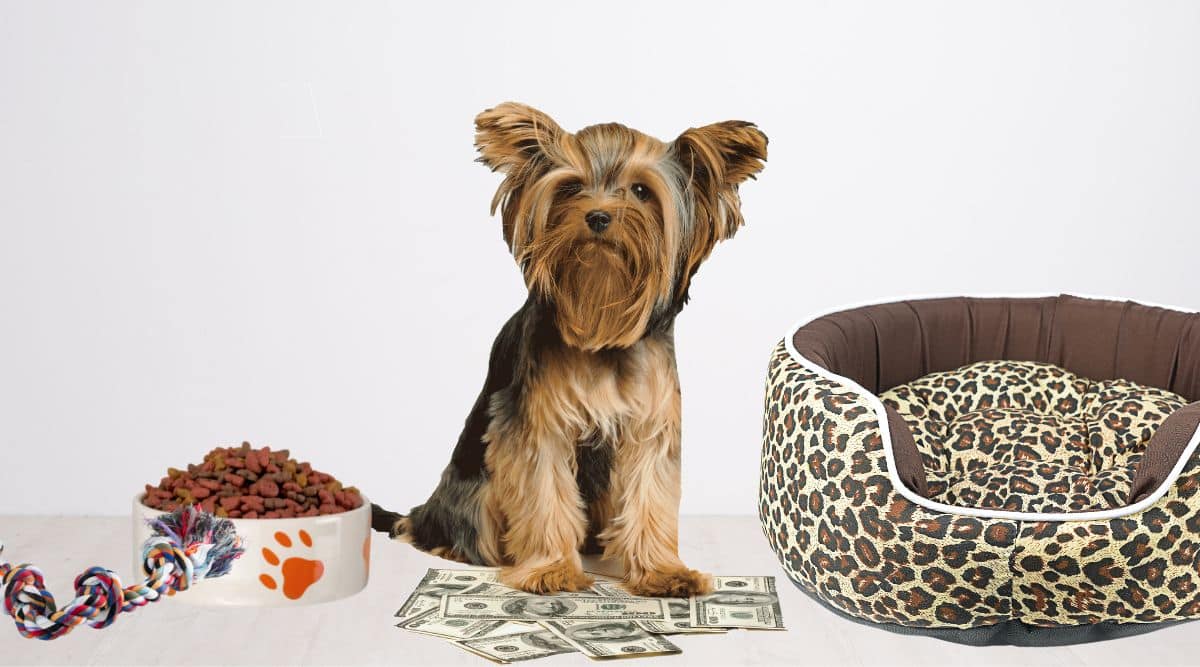
Vet Bills & Common Health Issues
Certain breeds, like the French Bulldog and Chow Chow, are prone to severe health conditions, leading to expensive vet visits. Owners should budget for:
- Hip & elbow dysplasia (Common in large breeds) – $2,000+ per surgery
- Brachycephalic syndrome (Affects short-snouted dogs) – $3,000+ for airway surgery
- Autoimmune disorders (Samoyeds, Akitas) – Lifelong medication costs
Food, Supplies & Lifestyle Needs
Bigger dogs require more food, with breeds like the Tibetan Mastiff consuming $100–$200 monthly in high-protein diets. Supplies like oversized crates, durable toys, and orthopedic dog beds add to the expenses.
Grooming & Maintenance
Dogs with long, thick coats—such as the Afghan Hound and Samoyed—require professional grooming every 4–6 weeks, costing $80–$150 per session. Matting, shedding, and skin conditions make grooming a necessity, not a luxury.
Training & Socialization Expenses
Some breeds, like the Dogo Argentino and Akita, require expert training to ensure good behavior. Professional obedience training can cost between $1,000–$3,000, with advanced protection training exceeding $10,000.
Most Expensive Dogs By Vet Costs
Some dog breeds come with not only a high purchase price but also exceptionally high lifetime veterinary costs due to their predisposition to health problems. Here are some of the most expensive breeds when it comes to medical expenses:
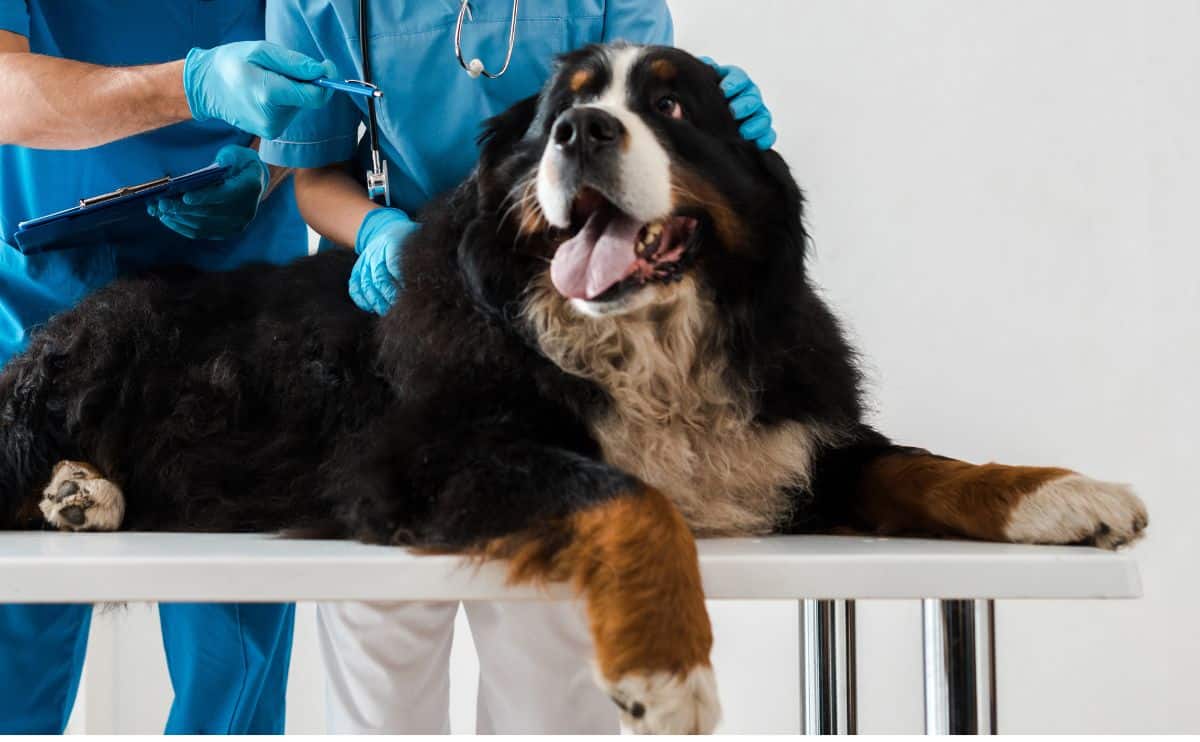
- Bernese Mountain Dog – Prone to cancer and hip dysplasia, with potential vet costs exceeding $20,000.
- English Bulldog – Prone to breathing issues, hip dysplasia, and skin infections; lifetime care costs can exceed $15,000+.
- Rottweiler – Highly susceptible to cancer and joint issues; annual average vet costs are $700-$1,300.
- French Bulldog – Requires corrective surgeries for brachycephalic syndrome, often costing $1,000+ per procedure; lifetime veterinary costs are estimated to be $12,000.
- Cavalier King Charles Spaniel – Prone to mitral valve disease, requiring lifelong treatment costing $7,000–$12,000.
These breeds require ongoing medical attention, specialized treatments, and potential surgeries, making them some of the most expensive dogs in the world in terms of vet bills.
Most Expensive Dogs By Grooming Costs
Some dog breeds require frequent and costly grooming due to their thick coats, unique fur textures, or high-maintenance grooming standards. Here are some of the most expensive breeds when it comes to grooming expenses:
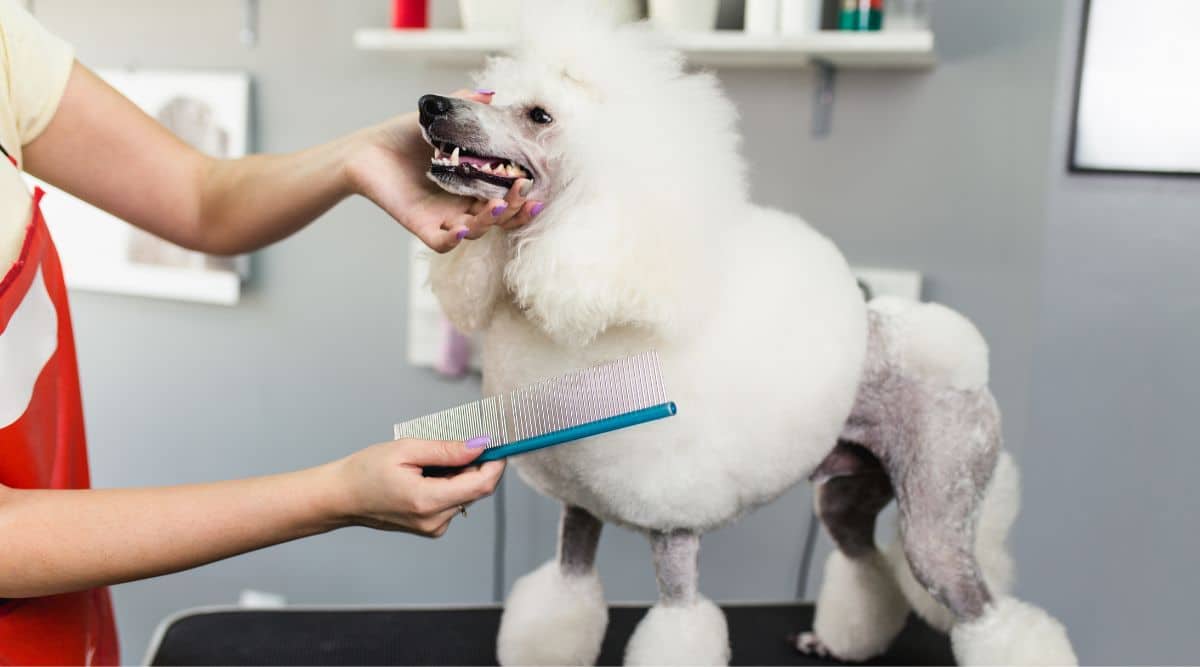
- Afghan Hound – Requires professional grooming every 4–6 weeks, costing $80–$150 per session due to its long, silky coat.
- Poodle – Prone to matting and often styled in intricate cuts, with professional grooming every 6 to 8 weeks costing $80–$120 each.
- Samoyed – Thick, fluffy fur demands frequent de-shedding and bathing, adding up to $100+ per session.
- Old English Sheepdog – Needs professional grooming at least every 6 weeks, costing $100+ per visit.
- Komondor – Unique corded coat requires extensive upkeep, including specialized grooming at $100+ per session.
These breeds require frequent visits to professional groomers and daily brushing and maintenance at home, making them some of the most expensive dogs to maintain in terms of grooming.
Frequently Asked Questions
Many people have questions about the costs, care, and considerations of owning an expensive dog. Below are answers to some of the most commonly asked questions to help you determine if one of these high-priced breeds is right for you. Don’t see yours? Ask us in the comments.
Are Expensive Dog Breeds Healthier?
Not necessarily. Many expensive breeds suffer from hereditary health issues, such as hip dysplasia in Chow Chows or breathing problems in French Bulldogs.
What’s The Cheapest Expensive Dog To Maintain?
The Pharaoh Hound is relatively low-maintenance, with minimal grooming needs and a generally healthy disposition.
How Much Should I Budget For A Costly Dog Each Year?
Depending on the breed, expect to spend $3,000–$10,000 annually on food, vet care, grooming, and training.
Are Rare Dogs Better Pets?
Not always. Rarity doesn’t guarantee good temperament or health, so it’s crucial to research a breed’s traits before purchasing.
Should I Adopt Instead Of Buying An Expensive Breed?
Absolutely! Surprisingly, many purebred dogs end up in shelters. Adopting can be a more ethical and cost-effective option.
Consider Pet Insurance
Spending thousands of dollars on a dog may seem crazy, but anyone who adores these expensive breeds would be wise to protect their investment. Consider pet insurance to reduce the financial risk of accidents or illnesses your pup may encounter. You can also opt for a wellness plan to minimize the amount you pay out-of-pocket for preventative care.
Why Trust Canine Journal?
Tara is part of the Canine Journal team, which has over a decade of experience researching, testing, and writing about anything and everything dog-related. Most of our team members are lifelong dog owners and can provide personal insights on each topic we cover.
